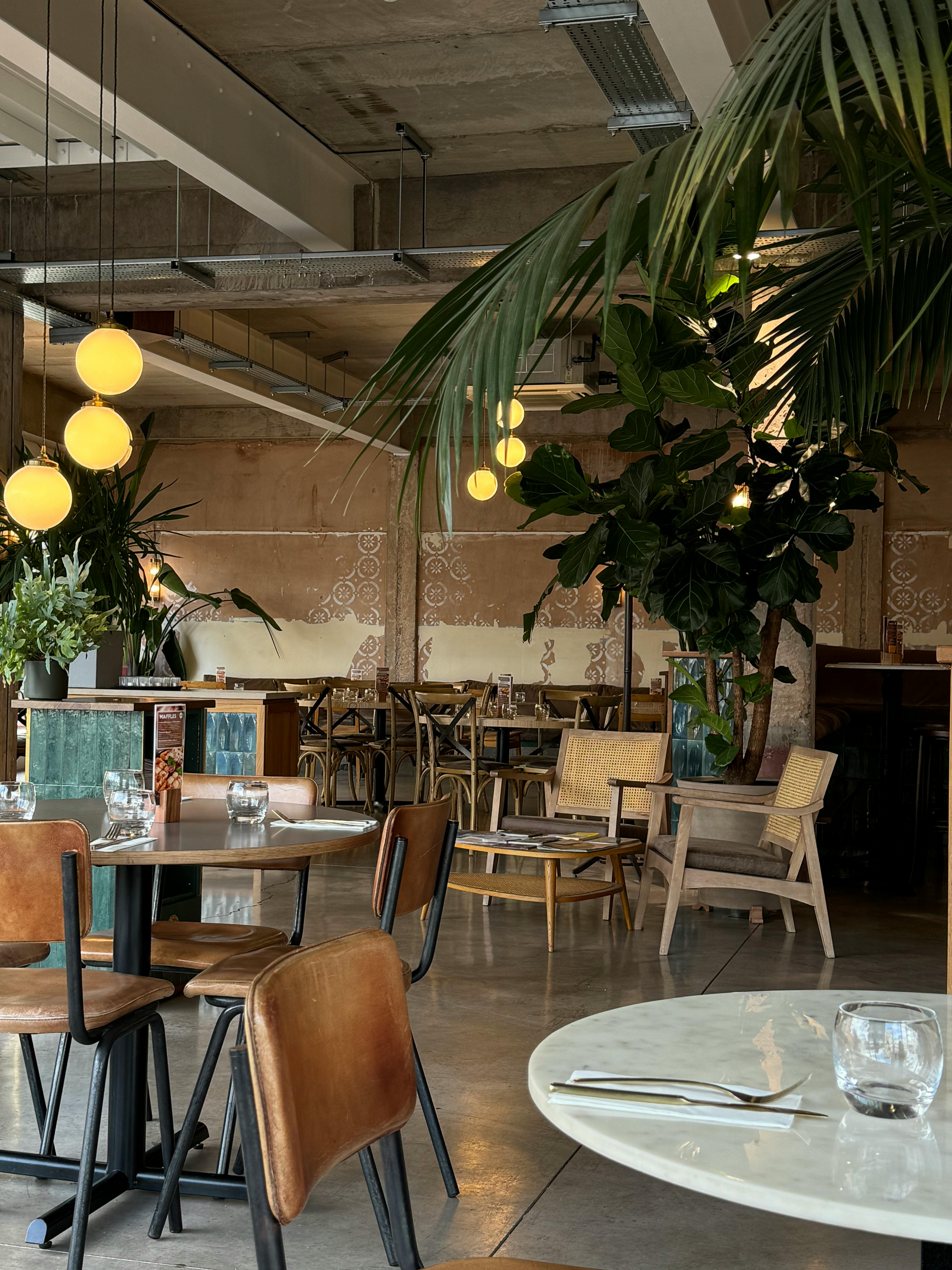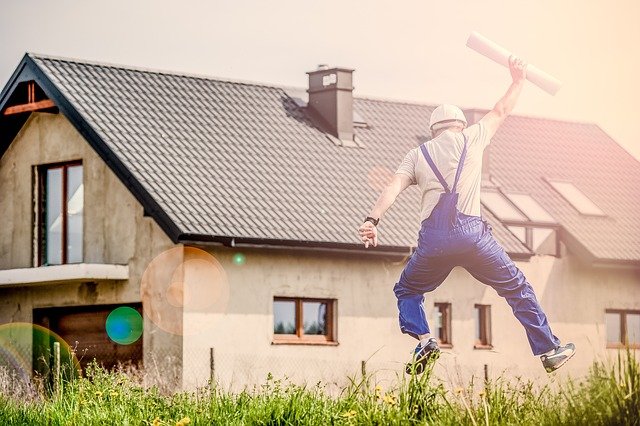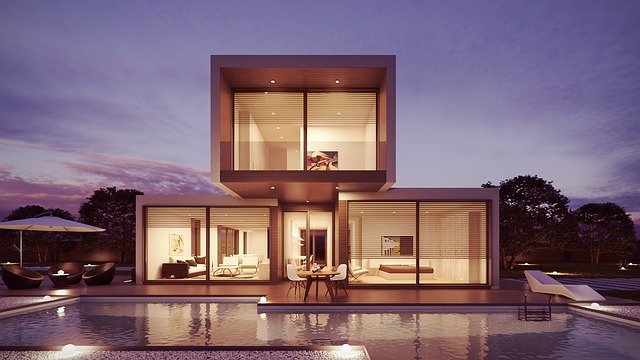"Integrating Biophilic Design into Modern Interiors: An Unexplored Perspective"
Imagine stepping into your home after a long day and being greeted by the calming effects of nature. Biophilic design, an emerging trend that fuses nature and architecture, is redefining modern home interiors with its unique aesthetic appeal and rejuvenating ambiance. This article explores the uncharted territories of biophilic design and its transformative impact on home interiors.

The Evolution of Biophilic Design
Biophilic design, while a relatively new term, has roots in ancient human civilizations where people sought harmony with nature in their dwellings. Over time, this practice has evolved, driven by research that underscores the mental and physical benefits of incorporating natural elements into built environments. Today, biophilic design is making a come-back, promising a refreshing twist to contemporary homes.
Current Trends in Biophilic Design
Biophilic design today goes beyond potted plants and green walls. It encompasses natural light, organic materials, nature-inspired textures, and even sounds. Designers are adopting innovative strategies to infuse homes with the serenity of nature. A prominent trend is the use of indoor water features, which not only offer aesthetic appeal but also create a soothing auditory experience.
Practicality and Market Trends
Despite its aesthetic appeal, the practicality of biophilic design cannot be overlooked. Natural elements have a proven positive impact on mental health, making this design approach a practical choice for modern living. Furthermore, the rising demand for homes that promote wellness has made biophilic design a popular choice among homeowners and property developers alike.
Enhancing Daily Living with Biophilic Design
Biophilic design goes beyond simple aesthetics; it offers tangible benefits to daily living. Natural elements have been shown to reduce stress, improve mood, and even boost productivity. By integrating biophilic design into homes, individuals can enjoy a sanctuary that not only looks beautiful but also promotes health and well-being.
Conclusion
The fusion of nature and architecture in biophilic design offers a refreshing perspective on modern home interiors. As this trend gains momentum, it promises to transform homes into serene havens, marrying aesthetic appeal with practical benefits. The exploration of biophilic design is just beginning, and its future looks promising as it continues to redefine the boundaries of home interior design.




